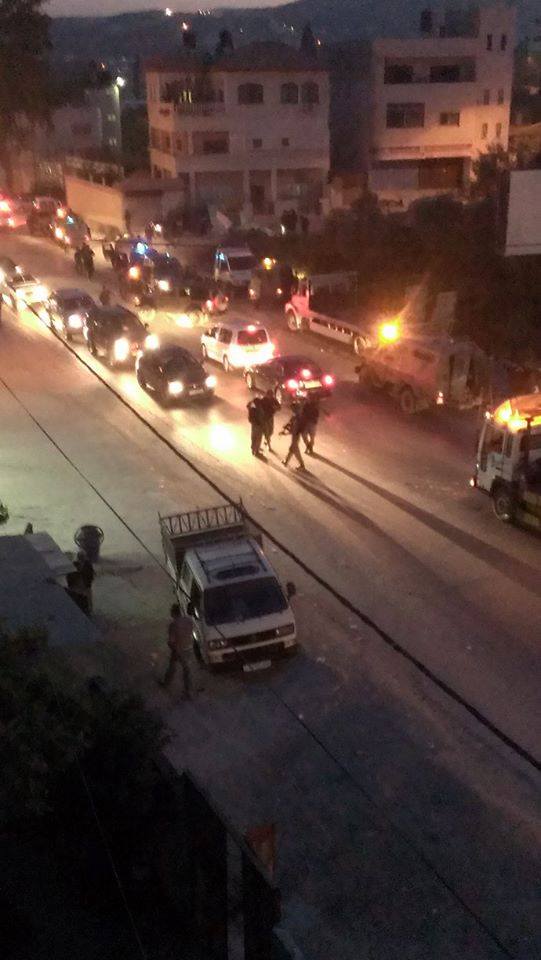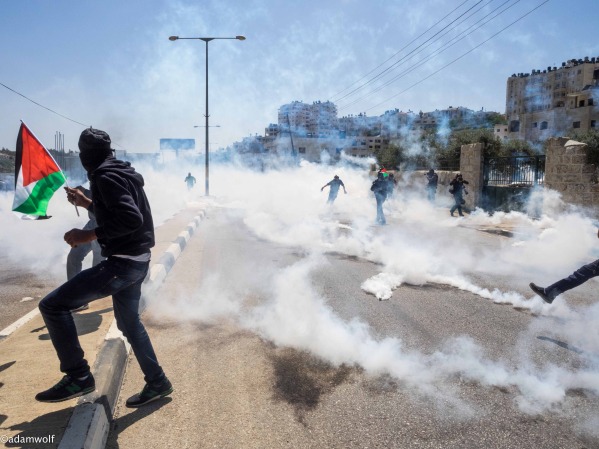Tag: Live Ammunition
-
One man shot and arrested by Israeli Border Police in Huwwara village
10th April 2014 | International Solidarity Movement, Nablus Team | Huwwara, Occupied Palestine On Sunday 6th of April, a 35-year-old Palestinian man was shot with live ammunition and then arrested by an Israeli Border Police Officer. This was after the man had thrown a Molotov cocktail against a passing military jeep on the main street of Huwwara,…
-
Settler shoots Palestinian as he tries to repair his car
9th April 2014 | International Solidarity Movement, Nablus Team | Urif, Occupied Palestine On Sunday 30th March on the road to Madama (near Nablus), 25-year-old Nidal, from the village of Urif, was fixing his car when a settler with a handgun shot him in the leg. 12 years ago, in the same area, Nidal and two…
-
Eight activists injured by live ammunition in prisoner release protest outside Ofer prison
4th April 2014 | International Solidarity Movement | Ramallah, Occupied Palestine This afternoon approximately 500 Palestinian, international and Israeli demonstrators gathered close to Ofer Prison in Ramallah to protest against the refusal of the Israeli state to release the fourth group of Palestinian prisoners. As part of the current round of talks between Fatah (the…



